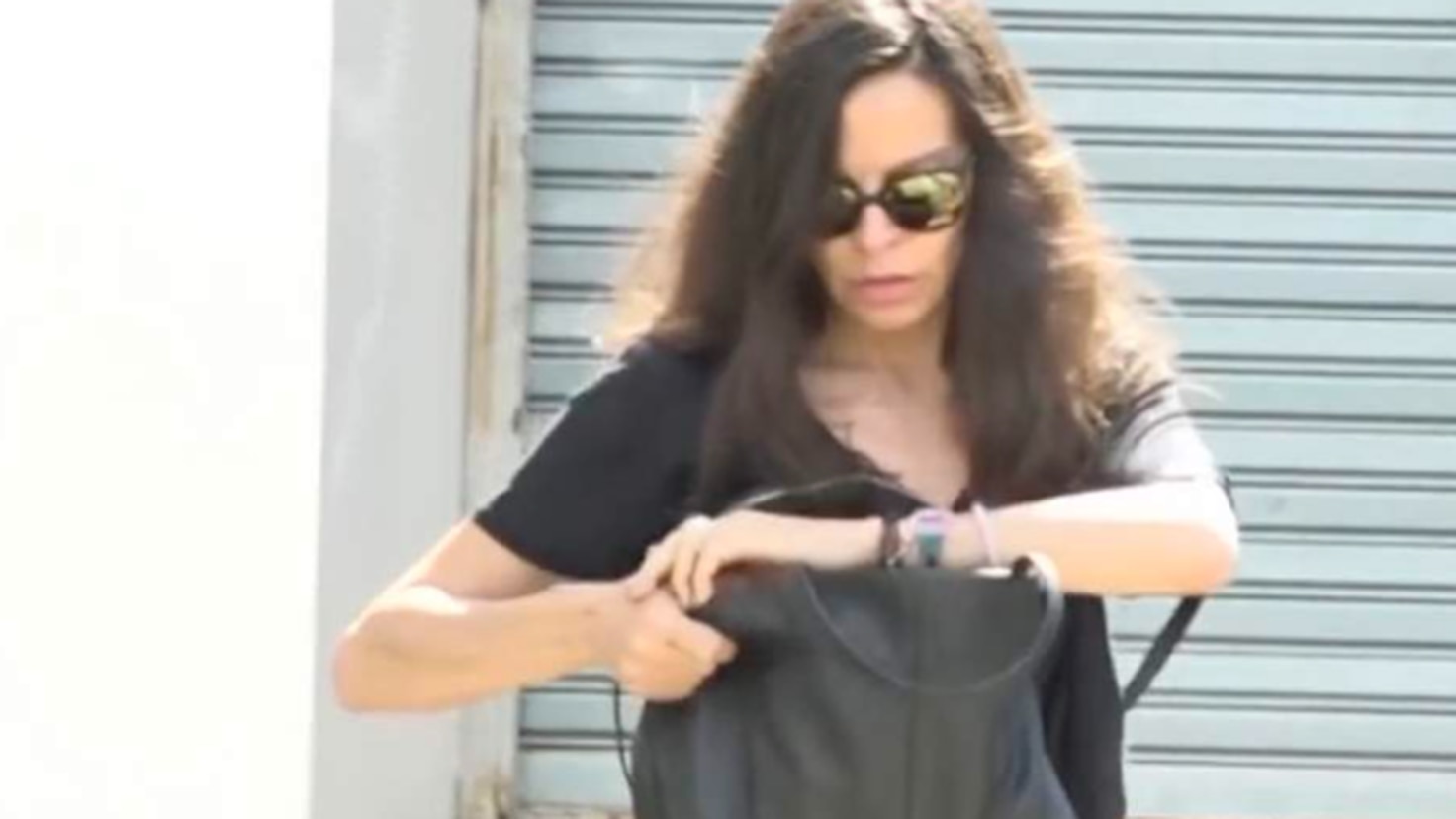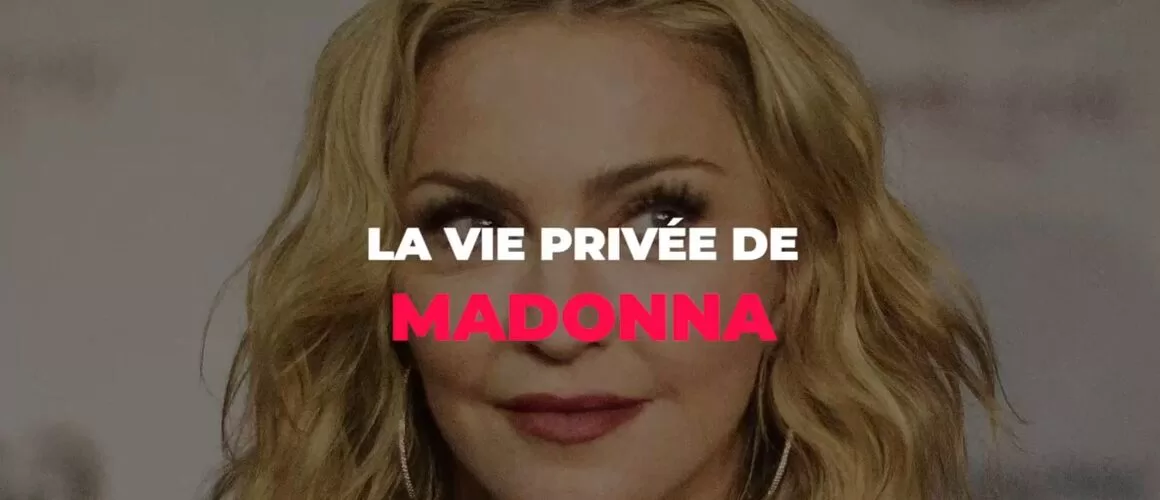Dsince the end of last year, the words “Artificial Intelligence” have become even more common usage than that presented by films and series, with the popularity achieved by large language models (‘large language models’, in the original English) as ChatGPT, Bard or others.
Images created by AI, with human requests, have won international awards, specialized science fiction magazines have been forced to suspend the submission of material because they are being overwhelmed by tales generated by AI, beyond all doubts — is it real or not? it’s fake? – which have sparked images of public figures in unexpected scenes.
Lusa spoke with several specialists in the Arts sector to hear what expectations they have about the impact of AI on creative work. Opinions range from cautious to optimistic, with everyone making the reservation that they are specialists in art and not in technology.
The entry of AI into the arts – visual or written – dates back to the second half of the 20th century, with the advent of computing, as curator Marta Mestre, current artistic director of the Centro Internacional das Artes José de Guimarães, reminded Lusa.
“At that point, people started to talk about intelligent systems of writing, image construction. So, in an archeology of the History of Art, we understand that these challenges for the machine and the artist are posed. If we go even further back, the automatons already they were objects, in a mixture of science and art, that influenced artists centuries ago”, said the art historian.
The presence of these systems in Art is not a new phenomenon, therefore, leading Marta Mestre to name Silvestre Pestana or Gabriel Abrantes among the Portuguese who resorted to these tools in their art.
The artist Leonel Moura was also one of the pioneers in Portugal to work with AI. For Moura, in statements to Lusa, AI “demonstrated that who decides what is art or not art does not depend so much on the object or process, but on the creator and the community (artists and cultural agents) whether they accept it or not” .
The Portuguese artist is convinced that the AI process “is unstoppable” in all areas.
Marta Mestre stated that the question of whether an object created by an AI is or is not art should be left open: “This dialectic must remain. It must not be answered.”
The director of the Serralves Museum, Philippe Vergne, does not see the future with fear: “New technological advances always create this fear. A bit like what we describe when we talk about the sublime, something that is bigger than us and has the potential to destroy us”.
“For my field, the real question is whether it has produced good art. We’re obsessed with information, surrounded by so much information that we can’t even process it rationally, so maybe a machine can be more rational than we are,” he said. French à Lusa, naming the artists Refik Anadol and Ian Cheng as good examples of what is possible to do with AI.
Vergne said he has seen works created by AI that are “incredibly boring”, but compares this multiplication of works to pollution, in the same way that the American writer Ted Chiang compared the writing of the great models of language to a compressed image file , that is, with losses.
Just as Marta Mestre refers to the use of technologies as a form of rupture, as points of departure and not of arrival, Vergne also recalls the various ways in which Art has been challenged over the decades, from Marcel Duchamp’s urinal to Pop Art or even to photography itself as a medium.
Director Edgar Pêra compares AI to a tool, like a hammer, or to an innovation, like electricity, and recalls that everything stems from “human activity and not machines”.
“People suddenly think that the ‘Terminator’ or the ‘Matrix’ will appear, in which machines take over humans. What I only see is capital in action. (…) The hallucination is that we think that machines exist as beings, that’s the delusional side! Whether it will disappear or not depends on humans and not on machines”, he defended, in statements to the Lusa agency.
Edgar Pêra assigns responsibility for this technology only to those who use it, and in the case of the arts, he considers that creators can take advantage of the most interesting things they can have: “Each time a technological evolution arises, new paths are opened. O ‘ Citizen Kane’ (1941 Orson Wells film) wouldn’t exist if there wasn’t wide angle”.
“Going against convention could be a sign that there’s something really interesting, really new that we’re not equipped to process yet,” Vergne said.
Also Read: Portuguese entrepreneur creates viral company from ChatGPT





